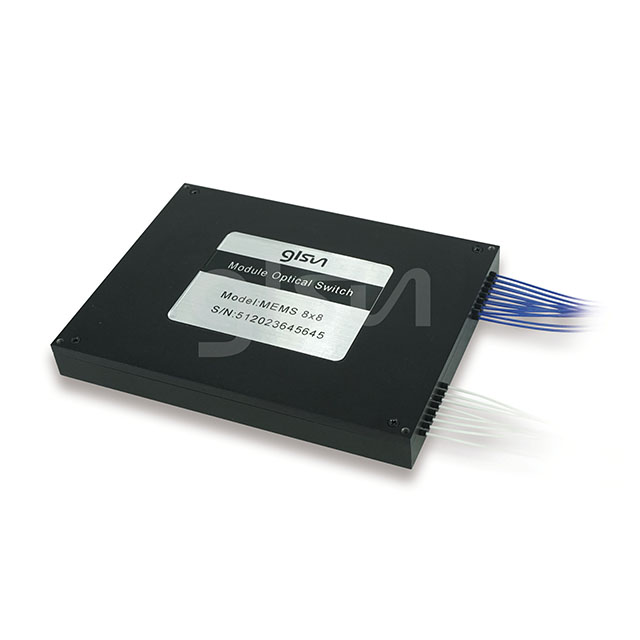What is Optical Cross-Connection (OXC) in OTN?
2024-02-04
Optical cross-connection (OXC) is a fundamental technology in optical transport networks (OTNs) that revolutionizes the way optical signals are switched and routed. OXC enables dynamic and flexible reconfiguration of optical paths, improving network efficiency, reliability, and scalability. Today, we will explore the concept, benefits, and implementation of OXC in OTN networks.
OTN, a high-speed optical networking technology, underpins the backbone of modern communication networks. OTN networks handle massive volumes of data traffic, including voice, video, and internet, over long distances with high bandwidth and low latency. OXC serves as the cornerstone of OTN networks, providing the means to dynamically establish, modify, and release optical connections in response to changing traffic demands and network conditions.
How Does OXC Work?
OXC devices, also known as optical cross-connects, are intelligent network elements that perform optical switching. They receive optical signals from multiple input ports and selectively direct them to specific output ports based on preconfigured switching tables. OXC devices leverage various technologies, such as wavelength-selective switches (WSS) and MEMS (microelectromechanical systems) switches, to achieve this switching functionality.
Technologies of OXC:
1. Wavelength-Selective Switches (WSS): WSS-based OXC devices employ a combination of gratings and mirrors to selectively switch optical signals based on their wavelengths. Each input signal is directed to a specific wavelength channel, enabling flexible routing to any output port.
2. MEMS Switches: MEMS-based OXC devices utilize tiny movable mirrors to redirect optical signals to different output ports. These mirrors are actuated by electrical signals, allowing for rapid and precise switching of optical paths. MEMS switches offer low insertion loss, high port count, and fast switching speeds.

Advantages of OXC in OTN Networks:
1. Network Flexibility: OXC enables dynamic reconfiguration of optical paths, allowing network operators to optimize traffic flow, avoid congestion, and reroute signals around network failures or maintenance activities.
2. Protection and Restoration: OXC plays a crucial role in implementing protection and restoration mechanisms in OTN networks. It facilitates rapid rerouting of optical signals in the event of a link or node failure, ensuring uninterrupted service and minimizing downtime.
3. Scalability: OXC simplifies network expansion and scale-out by providing a flexible way to add or remove network nodes and links. New services and traffic demands can be easily accommodated by reconfiguring OXC devices.
4. Cost Reduction: OXC reduces the need for costly and complex multiplexing and demultiplexing equipment, resulting in lower overall network costs. Additionally, OXC enables more efficient utilization of network resources, leading to operational cost savings.
5. Improved Network Performance: OXC contributes to improved network performance by reducing signal delay, minimizing jitter and latency, and optimizing overall network utilization.







